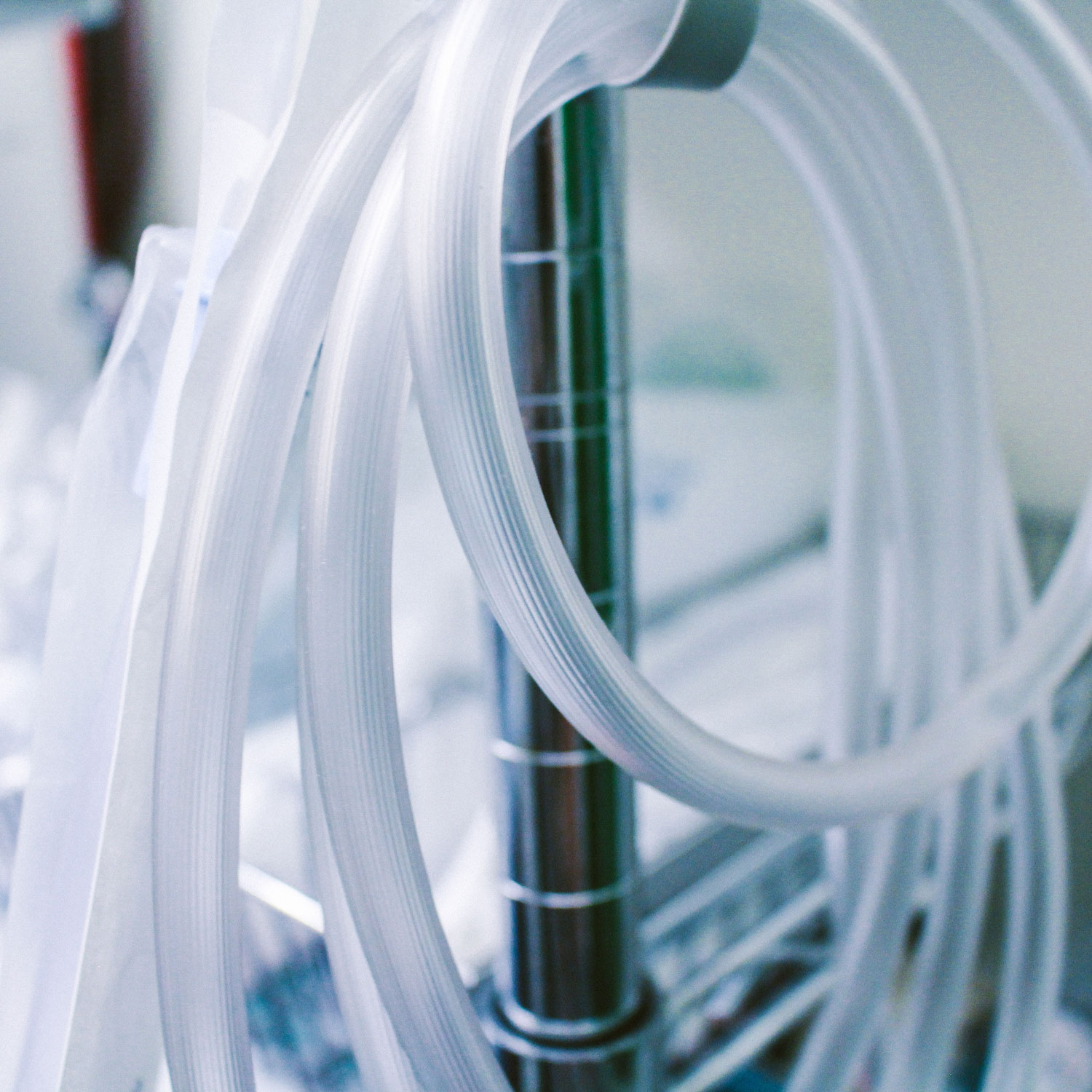Liposuction is a process that can help remove stubborn pockets of fat from areas on your body that are resistant to diet and exercise. This procedure is minimally invasive, so it can also be a great way to trim up your problem areas and start a new, healthy lifestyle.
Why get liposuction?
Most people carry extra fat that may be disproportionately distributed in many locations. This fat doesn’t melt away, even with diet and exercise. If you’ve reached your goal after a weight-loss journey and still have these pockets of fat, liposuction may help clear these areas for you.
Liposuction can be performed on the:
- Thighs, hips, or buttocks
- Abdomen and waist
- Upper arms
- Back
- Inner knee
- Chest
- Cheeks, chin, and neck
- Calves and ankles
It’s common for patients to get liposuction while also receiving a tummy tuck, since the two procedures can be done at the same time. Liposuction can thin out fat in the abdomen and help provide better overall tummy tuck results.
Patients also commonly receive liposuction at the same time as procedures like a facelift or breast reduction, since these procedures use a similar technique.

What happens during liposuction?
The patient is seen again prior to any procedure. The planned procedure is discussed and any remaining questions are answered. After discussing what to expect and how to care for the surgical sites, the patient is marked and a “game plan” is drawn out.
After the patient is under anesthesia, the area to be liposuctioned is “wetted” with a numbing medication to reduce pain and bruising. Then a thin tube called a cannula is inserted into tiny nicks to remove fat. This process continues until the contour is to satisfaction. The nicks are then closed, usually with dissolving stiches, and the patient is placed into a compression garment which will be worn for about 2 weeks.
Liposuction Results and Recovery
After your liposuction procedure, Dr. Dodde will provide you with an individualized recovery routine and instructions. This might include managing compression garments and bandages, as well as restrictions in activity. Any bruising is usually minimal and goes away in one to two weeks.
Although you will have some initial swelling, you’ll be able to see your improved body contour. This swelling may take a few months to completely go away.
Patients are normally able to return to their daily routine after one week, but you should be sure to avoid exercise for the first 10-14 days.
Who makes a good liposuction candidate?
You may be a good liposuction candidate if you have the following traits:
- You are in reasonably good health, with no life-threatening illnesses or conditions
- You have realistic expectations for the outcome of your surgery
- You are an adult within 30% of your ideal weight
- You have a good skin elasticity and muscle tone
Liposuction can help trim up stubborn areas of fat, but it isn’t a treatment for obesity or a substitute for diet and exercise. Liposuction also isn’t a treatment for cellulite, since cellulite and fat are different substances.
